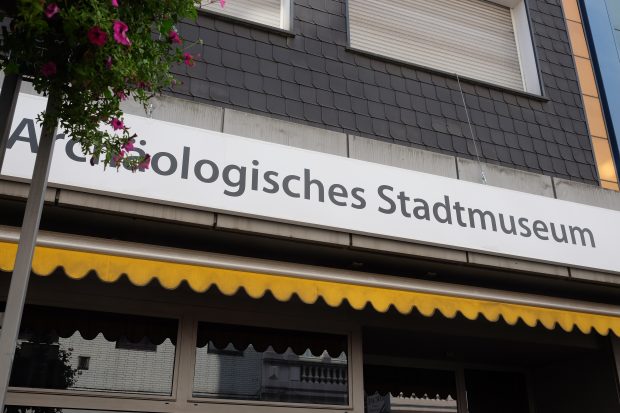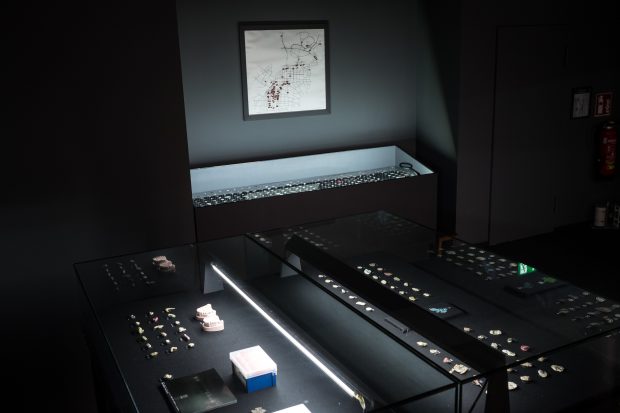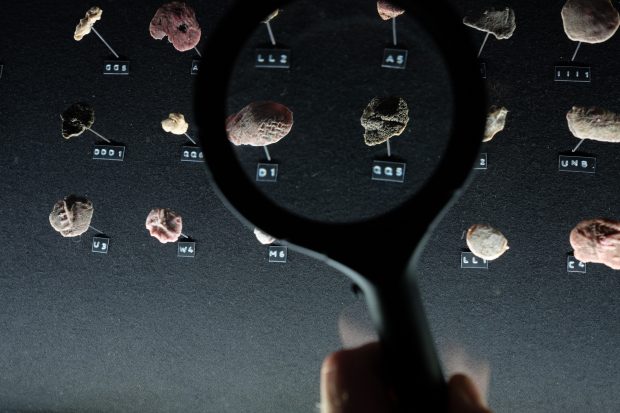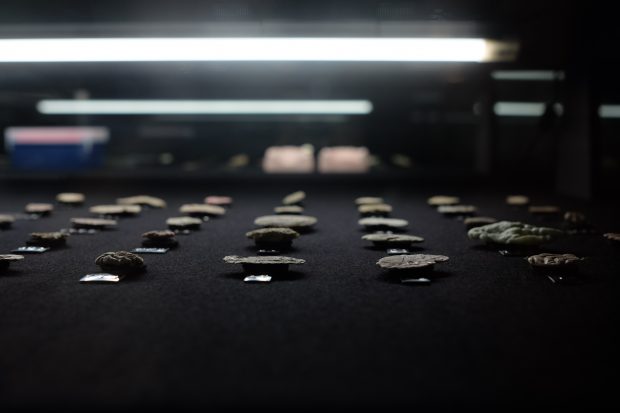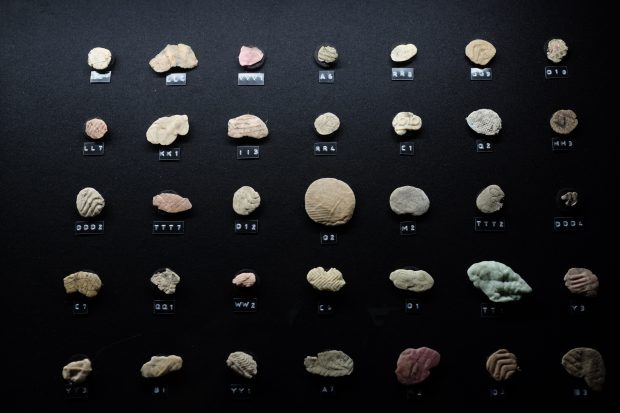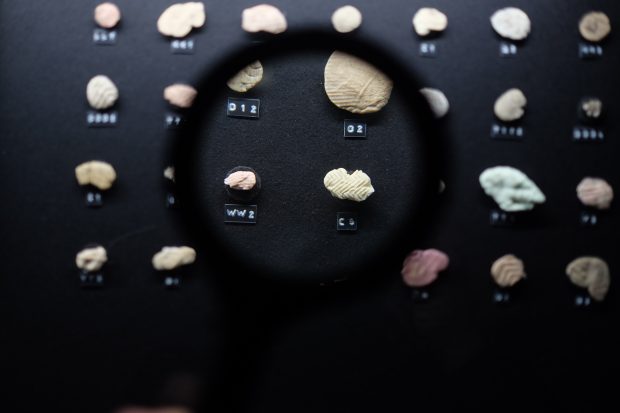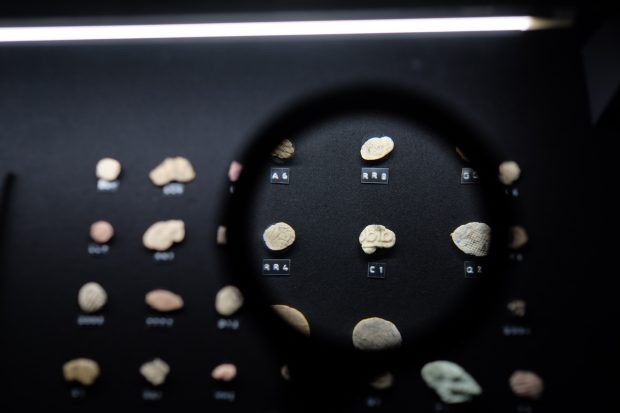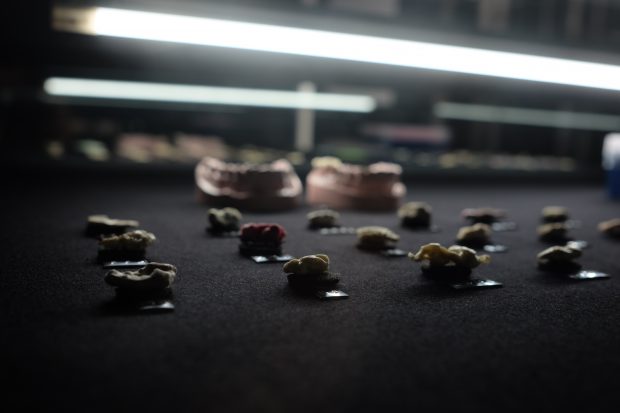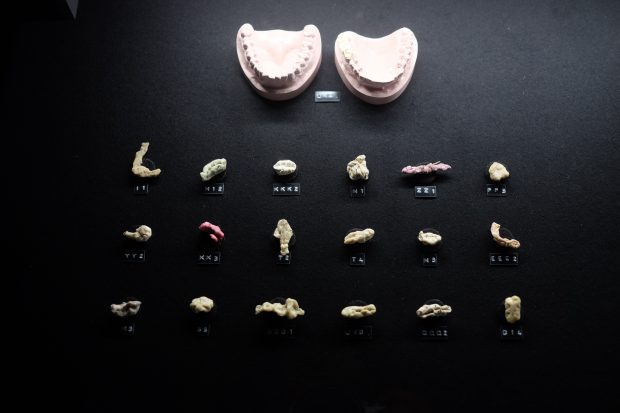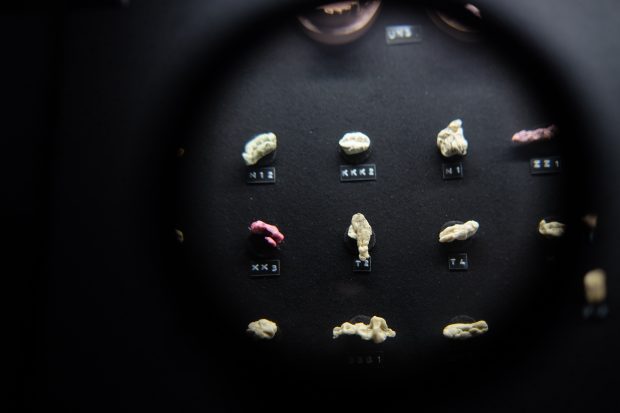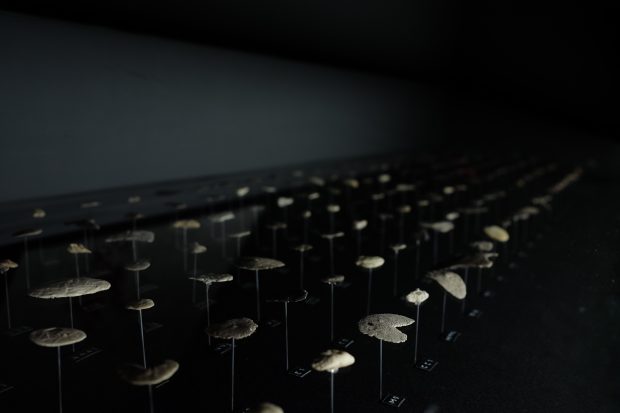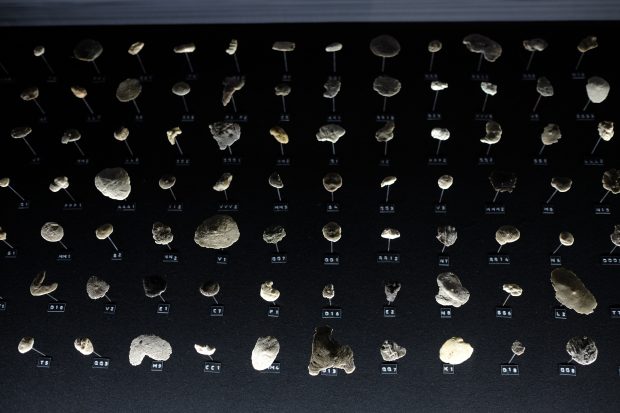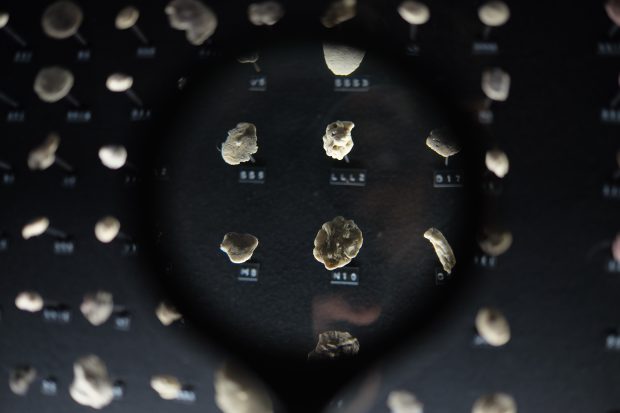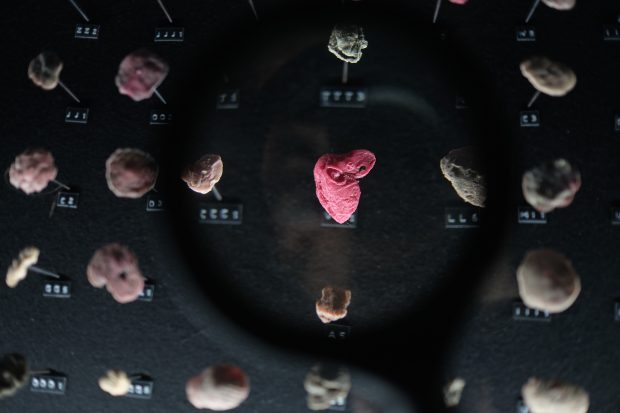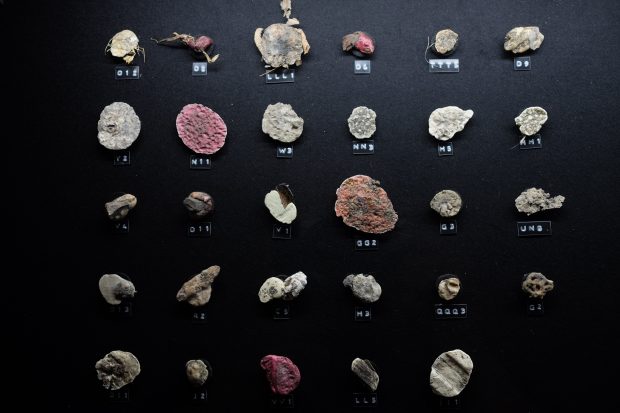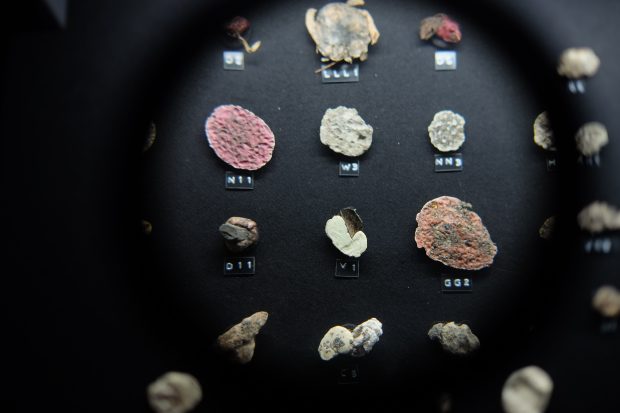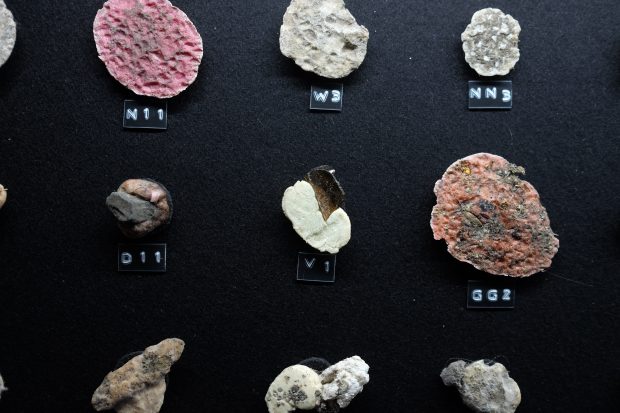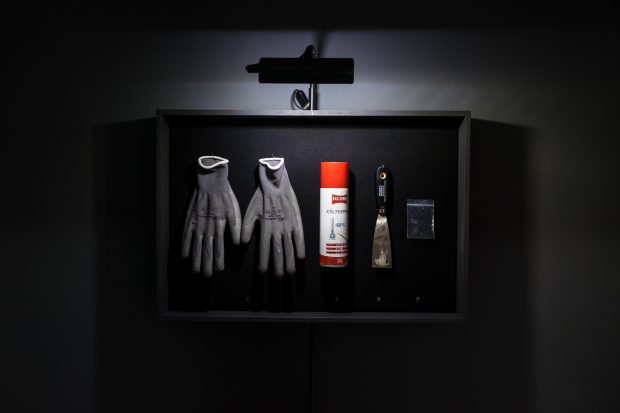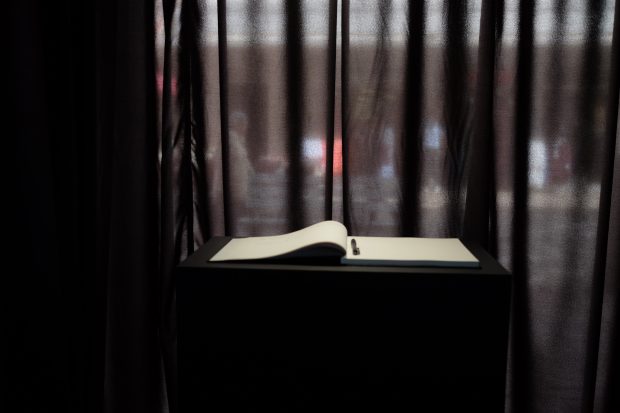Visitors to Oberhausen are unavoidably transported into the industrial past of the city. Not only the museums, but also the other leisure providers use the visual symbols of the industrial past from which the city grew. Rusty steel fragments decorate public parks and squares, a group of fiberglass miners smile down at you as you enter the swimming pool. The steel industry may have largely disappeared, but the city appears to be holding on nostalgically to its image as an industrial city.
For the festival ‘Wir bauen eine neue Stadt’ (trans. ‘We are building a new city’), we were asked to develop a project that responded to both the local context and the idea of a ‘new’ city. Based on the premise that we might need to say goodbye to the existing city in order to imagine a new city, we created an archaeological museum of today, for the city of tomorrow.
‘Wir bauen eine neue Stadt’ was curated by geheimagentur in cooperation with the Theater Oberhausen, as part of ‘Actopolis, the art of action’, produced by Urbane Kunste Ruhr and the Goethe Institut.
Archaeological Museum
A museum for the post post industrial Oberhausen.
For the city of tomorrow we tell the story of today’s Oberhausen in an archeological museum. Working as archaeologists we concentrate on the uppermost layer, to carefully scrape, archive and categorise over 300 pieces of chewing gum. Archaeological finds were sorted by location, colour and markings (teeth marks, surface prints, shoe prints), while the Ruhr-University of Bochum isolated DNA and conducted chemical analysis. A bench and chewing gum machine was placed in front of the museum, providing visitors with an opportunity to sit and chew over what they had experienced.
The museum functioned as a catalyst for thoughts and discussions on the role of museums and identity politics within the local context, the chewing gum as a representative of the leisure economy that emerged following the decline of the steel industry.
The uppermost layer
Archaeological museums usually present exemplary items of perceived cultural and historical value. Oberhausen’s Archaeological Museum elevated an every day object with no perceived value, discarded having served its purpose.
Most visitors assumed that they were looking at stones, fossils, shells or undefined relics. After they realised or were told that they were looking at chewing gum, many were surprised at how interesting and revealing they found the exhibits, each a trace of an individual in Oberhausen. Rather than presenting a history of conflict and inequality prelevant to many archaological collections, the artefacts on display presented a history of waiting. Waiting for the lights to go green, the bell to ring, the weather to improve, the bus to arrive, the date to turn up – for something to change.
Museological Forum for utopian identities
On the final Thursday of the festival we invited the public to debate questions that had arisen during the course of the festival.
What role do museums play, alongside city strategists and media outlets, in creating and maintaining perceptions or notions of local identity? How does this affect local and transient populations and how does it relate to the diverse, shifting and plural notions of identity within the community? Can our city (old and new) have, or does it want, an identity?
More detailed information will be uploaded in the near future.
Special thanks go to:
The Berndorf family, Volker Neuwirth (Radstation Oberhausen), Björn Peters (Ruhr Universität Bochum), Dr Burkhard Zeppenfeld (Industriemuseum), Dr Magnus Dellwig (Stadtarchiv Oberhausen), Dr Jürgen Heinrichs (FARO e.V.), Dr Christine Vogt (Ludwig Galerie Schloss Oberhausen) and Thomas Aufderstroth (TRIVIDENT Zahntechnik).
